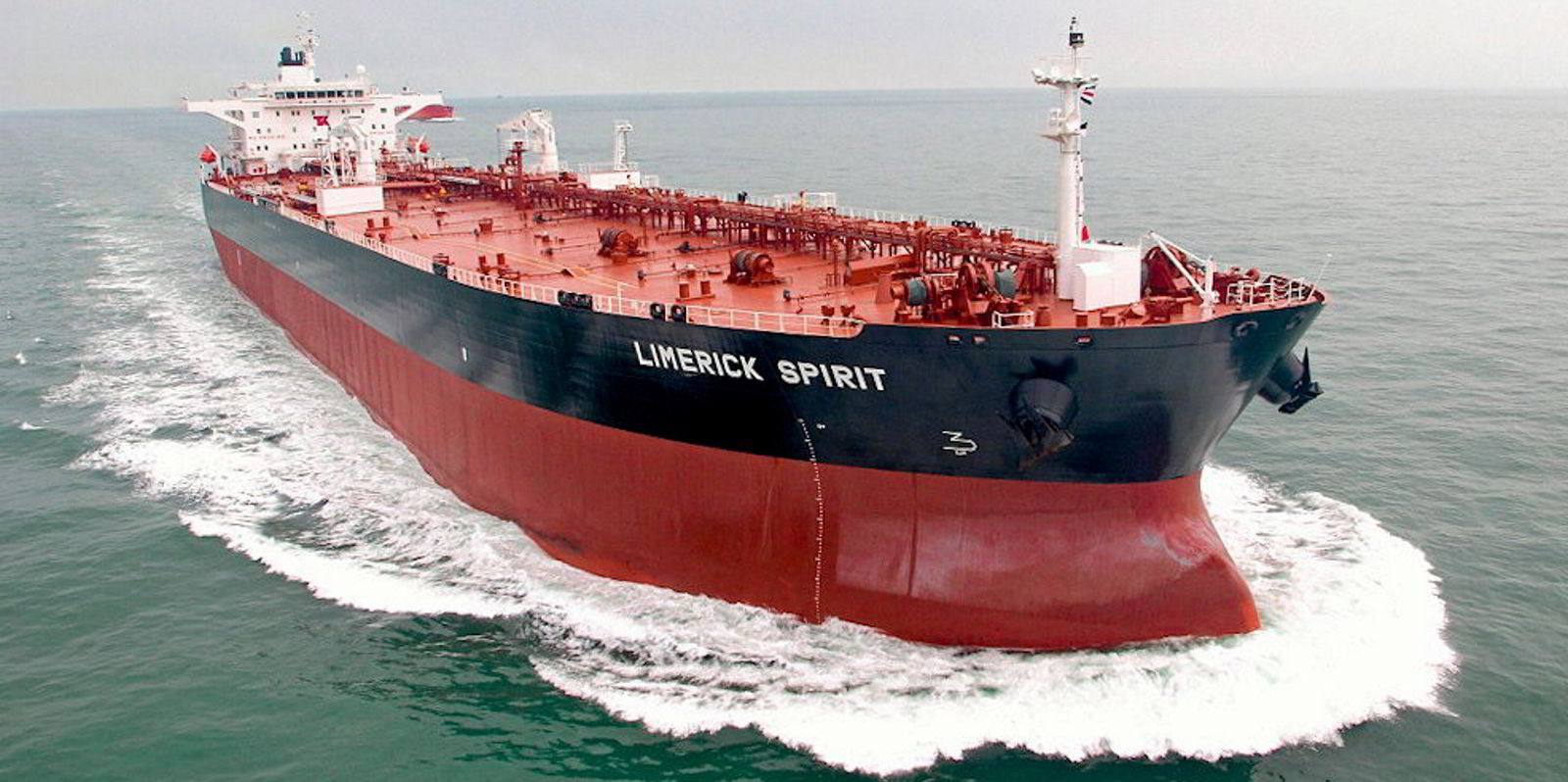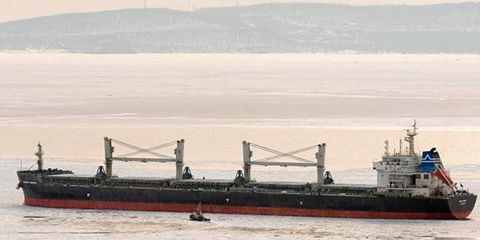Clean tankers are benefiting from changing bunkering patterns due to shipping attacks in the Red Sea, BRS Group believes.
The shipbroker said fuel oil fundamentals are already being affected by inefficiencies caused by Middle East disruption.
LR2 vessels have been averaging close to $100,000 per day as rerouting ties up tonnage on longer voyages around the Cape of Good Hope.
But rising intra-Asian fuel oil trade and increasing bunkering demand driven by these increased distances are also a supporting factor, BRS said, as vessels of all types have been burning more fuel at potentially higher speeds.
Bunker suppliers in West Africa are importing more fuel to bunker ships making the African voyage.
Atlantic basin exports to West Africa have doubled since December, BRS calculates, and are up 20% year on year at more than 100,000 barrels per day.
Higher flows are also being noted from the Middle East into Asia, which will bolster LR2 and MR2 rates, BRS believes.
But arbitrage cargoes of high-sulphur fuel oil from west of Suez to Asia are down 40% year on year due to the Red Sea crisis.
Bunker spread narrowing
The price gap between HSFO and the more expensive very low-sulphur fuel oil in Singapore was $160 per tonne on average in 2023.
This was $60 higher than in Rotterdam, where HSFO was $10 per tonne higher than in Singapore, when it usually trades at a discount.
BRS attributed this to the loss of Russian barrels.
This will change as long as diversions around South Africa are the norm, increasing demand east of Suez, the broker argues.
The effect is already being seen in the first quarter, with Rotterdam now slightly cheaper on HSFO than Singapore.
The Singapore spread between HSFO and VLSFO has been cut to $47 per tonne.





